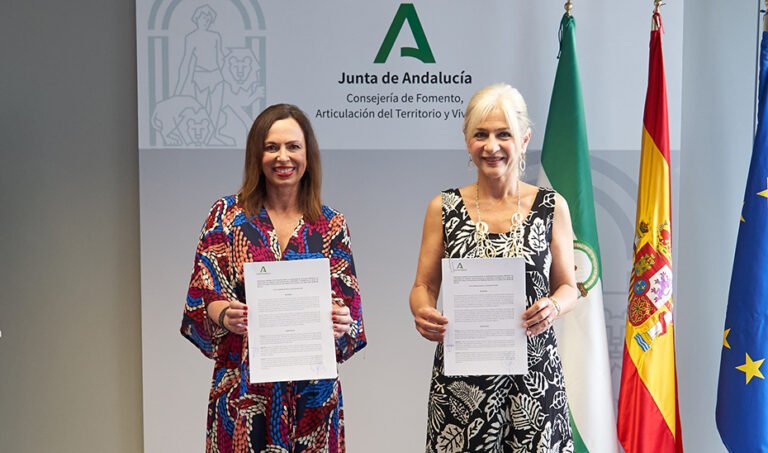
The Government Council has been informed of the balance of the Health Guarantee Plan, implemented by the Ministry of Health and Consumption a year ago, which has resulted in a 50% reduction in the surgical waiting list for procedures guaranteed beyond the deadline, exactly 47.59%. This plan, which includes monitoring of operating room activity for better utilization, continuity of care, and agreements, has allowed a total of 404,485 surgical interventions to be carried out in 2024, an increase of 11.1% compared to 2023 (40,652 more people).
As a result, the number of patients waiting beyond the deadline has decreased from over 53,000 to less than 30,000. Specifically, as of March 7, 2025, there are 124,127 Andalusian patients on the surgical waiting list, of which 27,784 have exceeded the guaranteed waiting time, compared to 53,014 in this situation in December 2023, when there were a total of 142,507 patients. Therefore, the waiting list has been reduced by 25,230 people. In percentage terms, this means that currently less than 25% (24.43%) of patients on the surgical waiting list were beyond the deadline in December 2024, compared to 37.20% in this situation a year earlier.
Additionally, in the first two months of 2025, 70,285 people underwent surgical procedures, a 5.61% increase compared to the same period in 2024 (3,731 more operations), of which 30,727 patients were awaiting a guaranteed procedure that had exceeded the maximum waiting time. This means that the public healthcare system of Andalusia performs an average of 1,236 operations per day, 85% of which are performed using its own resources in public hospitals, and only 15% in contracted facilities.
Furthermore, the waiting list for surgical interventions within the guaranteed deadline has been reduced. Between January and February 2025, 49,407 people underwent a guaranteed procedure, almost 2% more than in the same period in 2024, indicating continuous progress in managing the surgical waiting list, especially for guaranteed procedures. Concurrently, the average waiting times for a surgical intervention have been reduced by 30 days, decreasing from 150 days of waiting in December 2023 to 120 days in February 2025.
The Andalusian Health Service (SAS) has published on its website the waiting list data as of December 2024, showing significant progress not only in reducing the waiting lists for surgical interventions but also for outpatient consultations. In 2024, there was an increase in activity with 378,971 more patients attended in hospital consultations compared to 2023, representing a 2.54% increase.
Professionals of the Andalusian Health Service, in the operating room.
The SAS has conducted 15,298,577 consultations of this kind in its healthcare centers in 2024, compared to 14,919,606 in 2023, while also seeing a 3.3% increase in requests for these consultations, reflecting the tremendous effort made by SAS professionals to attend to more consultations while meeting the growing demand. Thus, despite the increase in demand, there has been a slight reduction in the total number of patients pending, decreasing from 873,266 in December 2023 to 866,248 in the same month of 2024.
To improve and alleviate the waiting list for outpatient consultations, the SAS is working on a plan to improve accessibility, a strategy aimed at reducing waiting times for initial consultations in hospitals and ensuring a faster and more efficient service to the public. With this goal in mind, the SAS will implement various actions, including administrative streamlining, establishing monthly monitoring of waiting lists, increasing the number of consultations attended, and reducing citizen absenteeism, which currently stands at around 20% for this type of consultations.
Cit… Read more
Moreover, the report from the Ministry of Health and Consumption also highlights the new system of managing appointments within 72 hours, which was fully implemented across Andalusia by February 28, 2025, allowing for the handling of 171,531 appointment requests through external channels, with 99% of these requests being resolved within 72 hours. Of the total requests received, 64.65% sought telephone demand consultations, with nearly 34% for treatment renewals, while 35.19% (16,799) requested in-person consultations, and 0.15% were attended to for other reasons.
This tool has not only enabled more appointment requests to be managed, but also more patients to be seen in consultations. For instance, the number of consultations conducted in January 2025 by family doctors in the 26 districts with this system in place was 2,657,022, including regular appointments, continuity of care appointments, and Digital District appointments. In January 2024, the total was 2,632,855, indicating that this year saw an additional 24,167 consultations, representing a 0.92% increase in activity.
Furthermore, the consultation activity in Digital District in Andalusia since December 2, when this system was activated, has totaled 11,221 appointments. The districts that piloted this strategy (Seville District, Córdoba District, and North Jaén District), along with sporadically the South Seville District, were the ones that most needed this tool. Subsequently, as all districts and areas of Andalusia adjusted their schedules to demand, the need for Digital District to attend to patients was no longer required, demonstrating the effectiveness of the measure.
To expand the availability of appointments, as part of this accessibility strategy, the continuity of care in Primary Care has been strengthened, increasing from 4,335 appointments in January 2024 to 7,475 appointments in January 2025, meaning professionals have attended 72.4% more continuity of care appointments. In addition to back-office support and continuity of care, this Primary Care Accessibility Plan includes limiting reserved slots in schedules to 7% for appointments at health centers and planning the opening of complementary appointment schedules and assessment and reception circuits at health centers.
The role of Health Response in telemedicine for patients with unmet demand has also been reinforced to ensure a prompt response and patient support throughout the process until the needed appointment is scheduled. These measures, combined with regular audits, ensure appropriate use of schedules and an organized and effective response.






